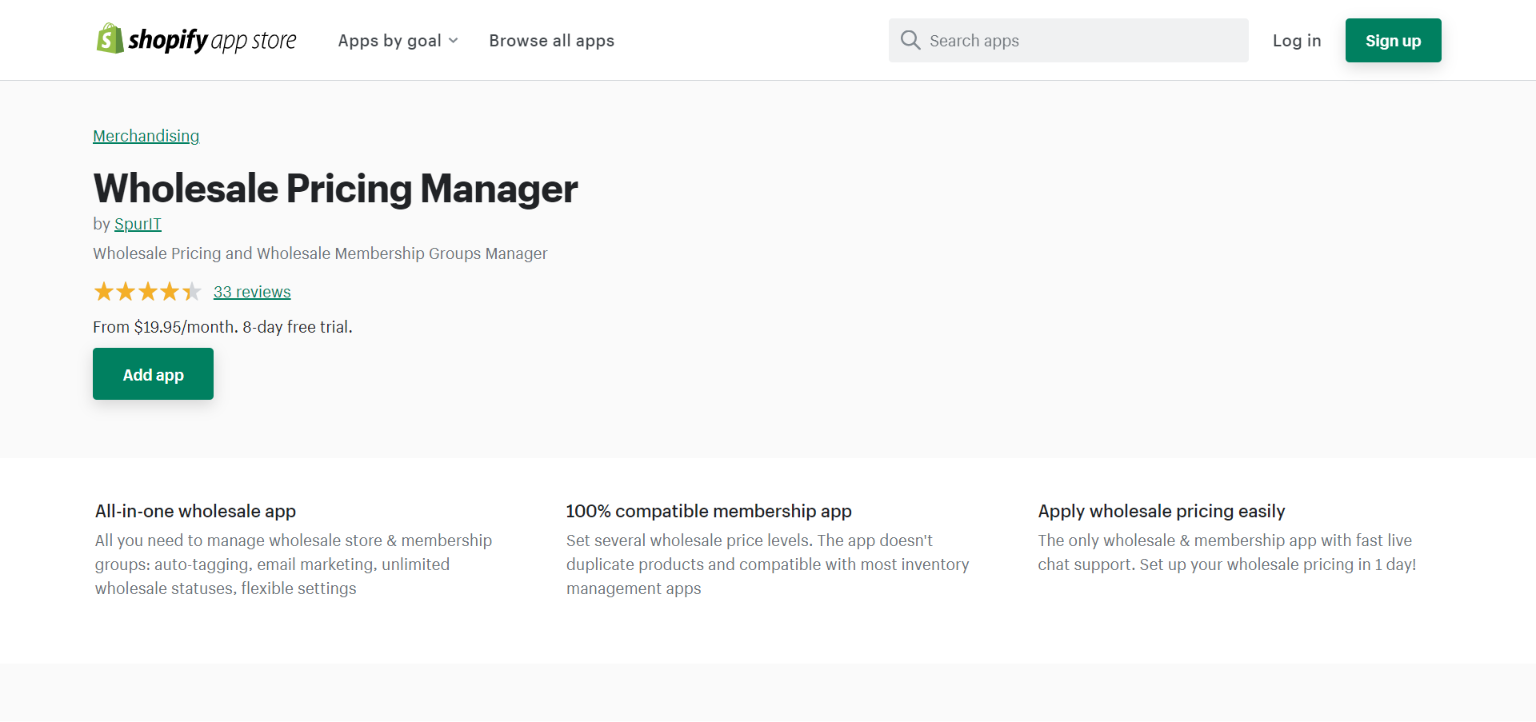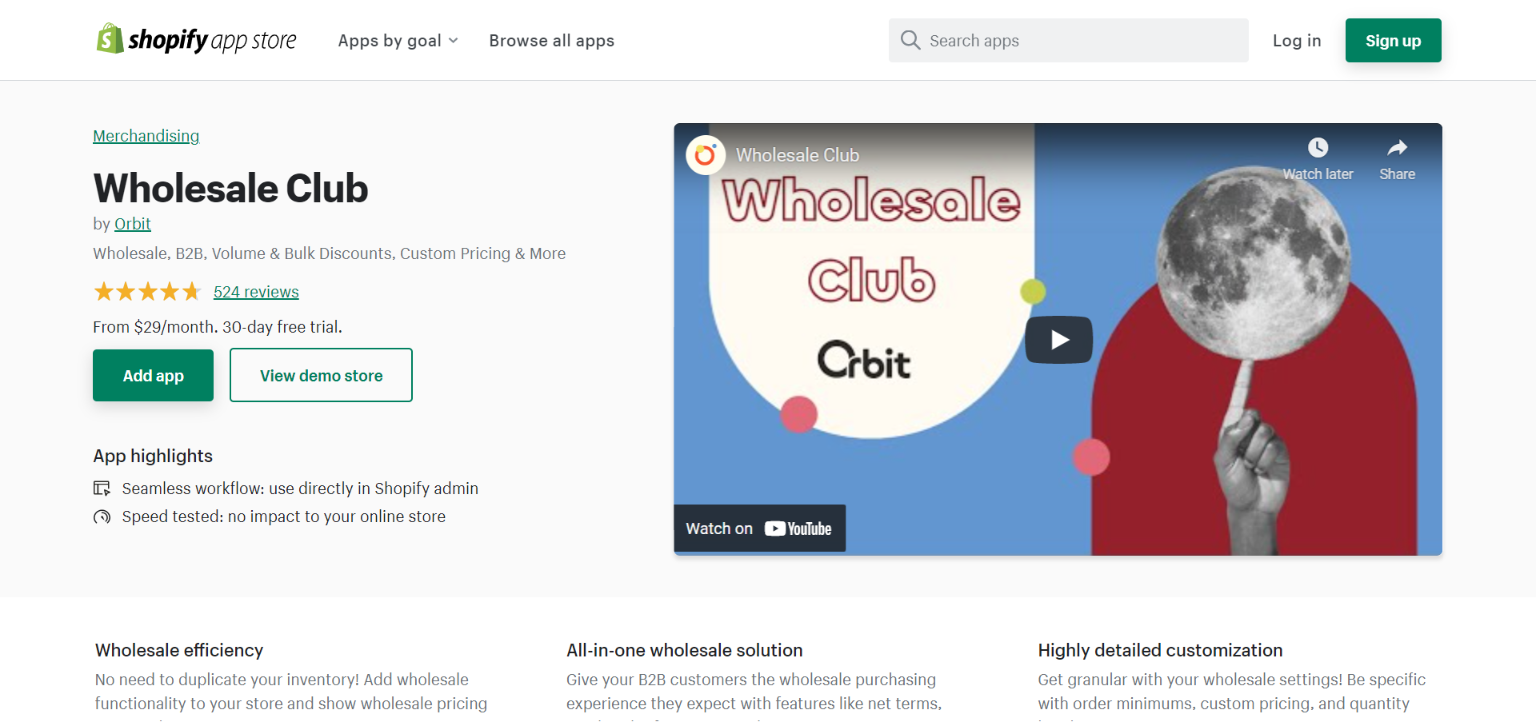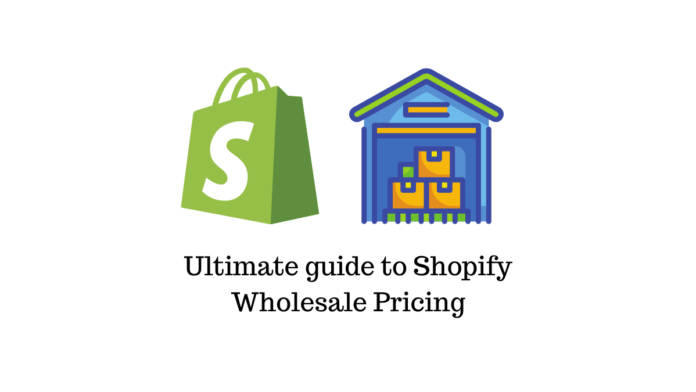Last updated - November 9, 2022
The benefits of selling wholesale are difficult to deny, regardless of whether you’re an expert in eCommerce trying to broaden your business or an after-hours hobbyist with retail in mind.
But how can you really snag those lucrative clients and devise an alluring, long-term pricing plan?
We’ve put together a list of some items you should be considering as you approach your wholesale offering to assist you to get started. You’ll be prepared for success with wholesale selling if you work out these aspects!
Retail vs wholesale pricing


Retailers who purchase items in big quantities are subject to wholesale pricing. Retail prices are the costs that merchants determine to be the purchase price for customers.
The processes of wholesale and retail are essentially distinct from one another because they entail the transfer of commodities from manufacture to distribution. Purchasing products and selling them to clients constitute retail.
Retailers pay wholesale pricing to producers or distributors. Then, the shop charges customers a higher price—the retail price—for identical goods.
Using wholesale pricing, products are sold for more money than it costs to produce them in order to generate a profit. For instance, you may set a wholesale price of $10 for a product that costs you $5 to create in terms of labor and supplies.
In retail pricing, the consumer is everything. What price range would they accept for your offering? To make a profit, a retailer will mark up the price of wholesale items, but this markup shouldn’t be more than what the client is willing to pay.
Advantages of Shopify Wholesale Channels


When using Shopify Wholesale Channel to sell items online to wholesale customers, users have a number of advantages and perks. The following are a few noteworthy advantages of utilizing Shopify for wholesale:
1) Extended Market Approach
Through indirect promotions, wholesale customers significantly assist businesses in increasing their internet presence. If the items being given by businesses are up to par, wholesale clients may assist them in expanding their market reach, which boosts sales.
2) Trustworthy and Secure
Shopify Warehouse is a safe platform since it enables password security for stores. Additionally, all Shopify-built websites have SSL certification and comply with L1 PCI standards to offer the highest level of security for client data, including payment information, shopping addresses, phone numbers, etc
3. Improved Management
While using Shopify, the administration is made significantly simpler overall since wholesale users now have access to the consumer purchase page. On a single page, all relevant order and transaction data are provided, enabling users to operate their businesses more quickly and efficiently. Using Shopify, users do not have to worry about collecting sales taxes either because wholesale clients are responsible for doing so. As opposed to retail consumers, wholesale clients are more likely to place recurring purchases over a lengthy period of time, making wholesale a more reliable source of income.
4) Increased Margin
Users that utilize Shopify Wholesale Channel may boost their product margins to speed up their growth. Companies plan their pricing strategies to boost margins and boost profits using characteristics including variable pricing for items and variations, minimum order quantities, and volume-based pricing. The amount of orders from wholesale clients is rising as firms expand. A decrease in manufacturing costs as a result of higher production volume increases profitability.
How to determine the wholesale price
Let’s examine how to determine wholesale pricing for your goods.
1. Do market research
Determine your market segment and your place in it before you establish any product prices. Are you, for instance, a budget brand, a modern brand, or a designer brand? Additionally, it establishes how your target market views you, which eventually has an impact on your price.
If your competitive edge is a lower price point, bear that in mind while you do your study. Be aware of your break-even point and determine it using the break-even point calculation. When performing market research, take into account these aspects if your target clients are more cost-conscious or seeking a high-end, high-quality product.
2. Determine your cost of manufactured items
The complete cost of creating or acquiring a product, including labor, materials, and any other costs related to putting the product into inventory and preparing it for sales, such as shipping and handling, is known as the cost of goods manufactured (COGM).
The formula below can be used to calculate the COGM of a product:
Cost of Goods Manufactured = Total Material Cost + Total Labor Cost + Additional Costs and Overhead.
3. Determine your wholesale cost
When determining your wholesale pricing, start by double your cost of products. By doing this, you can guarantee that your wholesale profit margin is at least 50%.
The gross profit a retailer makes when an item is sold is known as the profit margin.
The following formula may be used to calculate the retail margin percentage:
Cost / Retail Price = Retail Margin Percentage for Retail Prices
Pricing strategies for wholesale
There are several other wholesale pricing tactics accessible, but don’t worry—if you’re new to selling wholesale, it’s not necessary to understand them all.
Let’s discuss two quick and easy techniques you can utilize right now, instead.
Absorption Pricing
When setting your price, absorption pricing means taking into account all connected expenses, such as fixed costs and profit margins. The reason it is called “absorption” is that the whole expenses are included in the ultimate cost of the product.
The absorption pricing formula is as follows:
Wholesale price = cost price + profit margin.
Pros of absorption pricing
- It is simple to use and doesn’t call for sophisticated training or formulae.
- Your financial success is all but assured. If you can keep track of every cost, you’ll probably make a tidy profit.
Cons of the absorption pricing
- Pricing discrepancies are common, and any competitive pricing is not taken into account.
- Value perception is not taken into account in this procedure. You could overcharge, driving potential clients to different suppliers.
Differentiated Pricing
Differentiated pricing is a wholesale pricing strategy that estimates a product’s demand in order to maximize return on investment. In this instance, different customers in various circumstances pay various rates for the same commodity.
This pricing strategy, which is also known as demand pricing or time-based pricing, is based on the notion that customer acceptability dictates the price in any given market circumstance.
Wholesalers can also provide items at a lesser cost by using differentiated pricing. For instance, if you have an excess of outdated inventory, you may quickly host a flash sale and make a profit.
Whatever the case, you must choose a price that gives consumers a sense of what they are getting for their money and still allows you to make a reasonable profit.
Pros of differentiated pricing
- This approach can provide the highest return on investment. It keeps you competitive, enables you to take advantage of market conditions in real-time, and provides you with information about consumers.
- Customers are frequently prepared to pay more for a product when there is greater demand, which increases your profit. Differentiated pricing may be used to market hot products as well as other commodities that are in high demand or difficult to locate.
Cons of differentiated pricing
- Between increasing profits and overcharging wholesale clients, there is a delicate line. Your brand’s reputation will suffer if you come across as opportunistic or if customers feel that you are taking advantage of them by raising your prices. Customers won’t return to you and make purchases if you are identified with this sort of avarice.
Below, we have listed a few applications that should ease up the process of setting up wholesale pricing for your Shopify store.
Wholesale pricing plugins


This app is simple to use and will enable your store to easily manage wholesale features. You may manage all the settings without ever touching a line of code thanks to the user interface’s ease of use. You may manage your wholesale clients, inventory, orders, and fulfillment choices with its assistance. You can put up new fixed pricing for the items or generate percentage rates depending on the current prices. Additionally, you may specify a minimum purchase quantity to use the exclusive wholesale discounts.


This is a thorough solution for managing customers and wholesale pricing on your Shopify site. It provides a variety of capabilities, like auto-tagging, email marketing, and infinite wholesale statuses, to assist you in managing your wholesale pricing plan. This tool will assist you in developing multi-tiered pricing for your wholesale business without duplicating your items. Customers will be able to receive pricing modifications depending on their spending amount, purchase volume, frequency, and location. Additionally, live chat assistance is available around-the-clock for the app.


One of the most well-liked Shopify applications for setting up wholesale pricing on your business is this one. You may use it to put up bulk discounts on particular goods or collections. Additionally, you may define minimum order requirements for clients in order to qualify for the pricing and several tiers of pricing configuration.
To reward your most important customers, you can limit the special pricing to just members of your store. The app also aids in displaying the minimum purchase amount that customers must meet in order to receive discounted pricing.
If you wish to check out other apps that can aid with wholesale pricing, check out 15 Best Wholesale Pricing Apps on Shopify eCommerce App Store.
Conclusion
The Shopify Wholesale Channel gives companies a powerful tool to expand their operations and access new markets. The aforementioned advantages and features will make it easier for businesses to run their operations and boost earnings.
An unhappy customer who thinks they were overcharged is the last thing you need. Finding the best way to handle these obligations requires careful consideration.
You should find the approaches mentioned above to be very helpful in navigating Shopify’s starting steps for setting up wholesale pricing.











